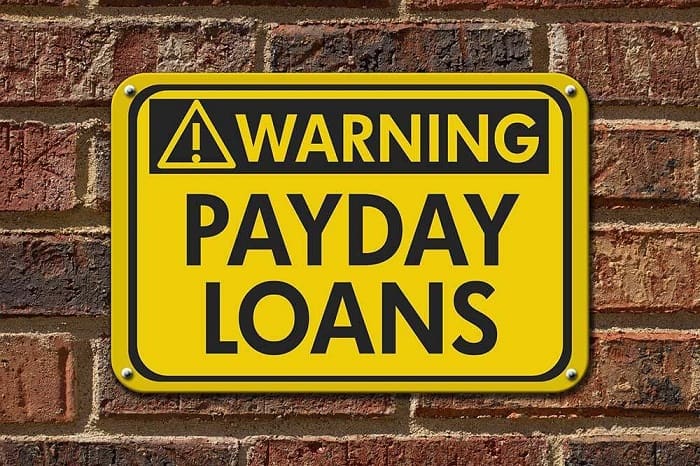How does a Payday Loan work?
Let’s understand how payday loans work with an example. Let’s assume that you are in need of ₹ 40,000 which is for an emergency, but you are still thirty days away from payday, and your bank account is sadly on the verge of being empty.
You go to one of the several online payday lenders who offer you convenient payday loans. As you expect your salary within seven days, you apply for a loan for tenure of seven days and for a principal amount of ₹ 40,000 at 9 % interest per month.
So, ₹ 40,000 (Amount borrowed) + ₹ 3600 (Interest) = ₹ 43,600 to be repaid within 7 days.
Essentially, if you have to take a 30-day loan, you are paying 108 % interest. If you take a 60-day loan, you are paying 108% interest. And in case you are late, you are likely to pay penalties on a per day basis.
Advantages of Payday Loans
- Quick and Easy: It is a fast loan, i.e. often approved and disbursed within minutes, thereby no hassle of lengthy waits.
- Minimum Documentation and Formalities: In most cases, the main requirement is to have a bank account and share some minimum personal and financial details. It does not require any extensive documentation like other loans.
Disadvantages of Payday Loans
- Very High-Interest Rates: While the interest rate per day may seem manageable, when annualized, they turn out to be 400% annual interest (APR) or even more. The APR can even go up to 9000%, for very short loans. Let’s put that in perspective— credit cards have an APR of 9-30%, generally! So, now you can imagine how costly payday loans can be.
- Debt Trap: If you are unable to repay the loan in the next month itself, the spiralling over often incurs huge penalties and additional costs. This often makes it impossible to repay going ahead, making the probability of a debt trap very real.

